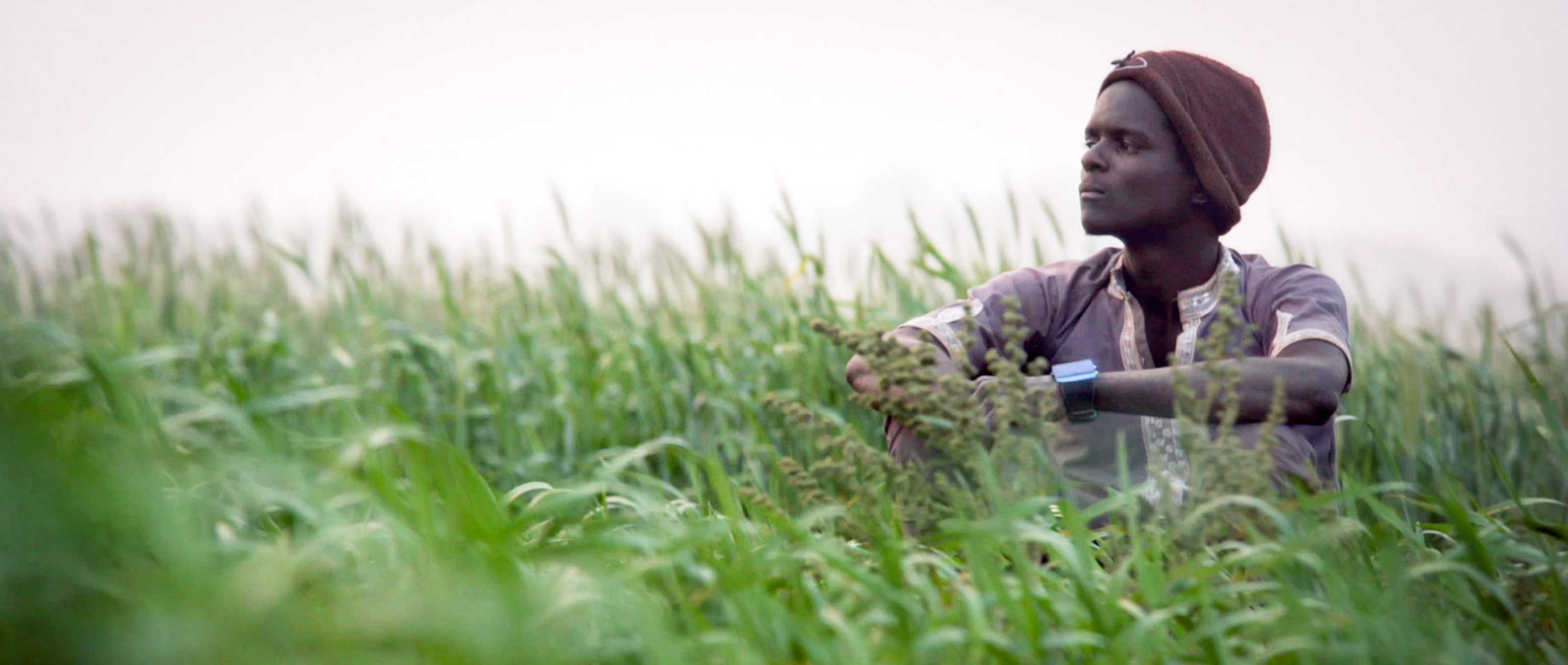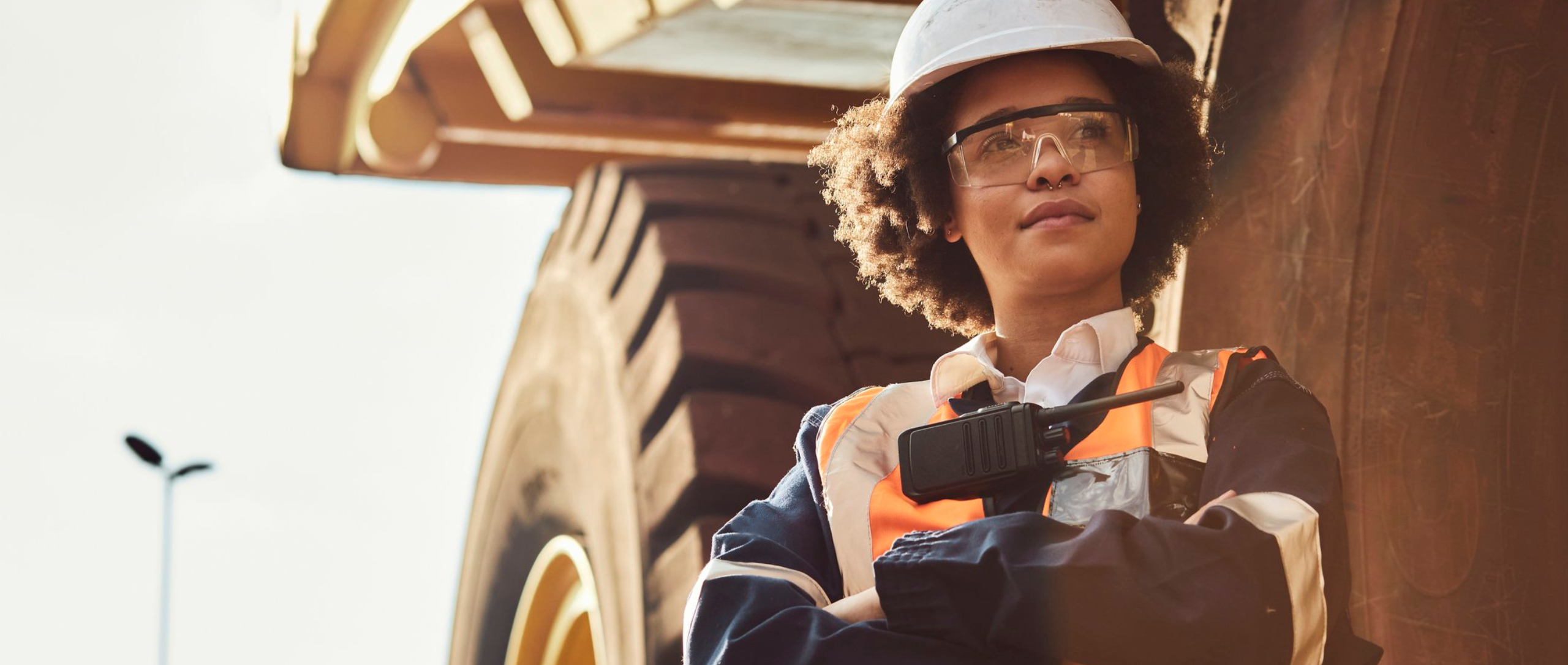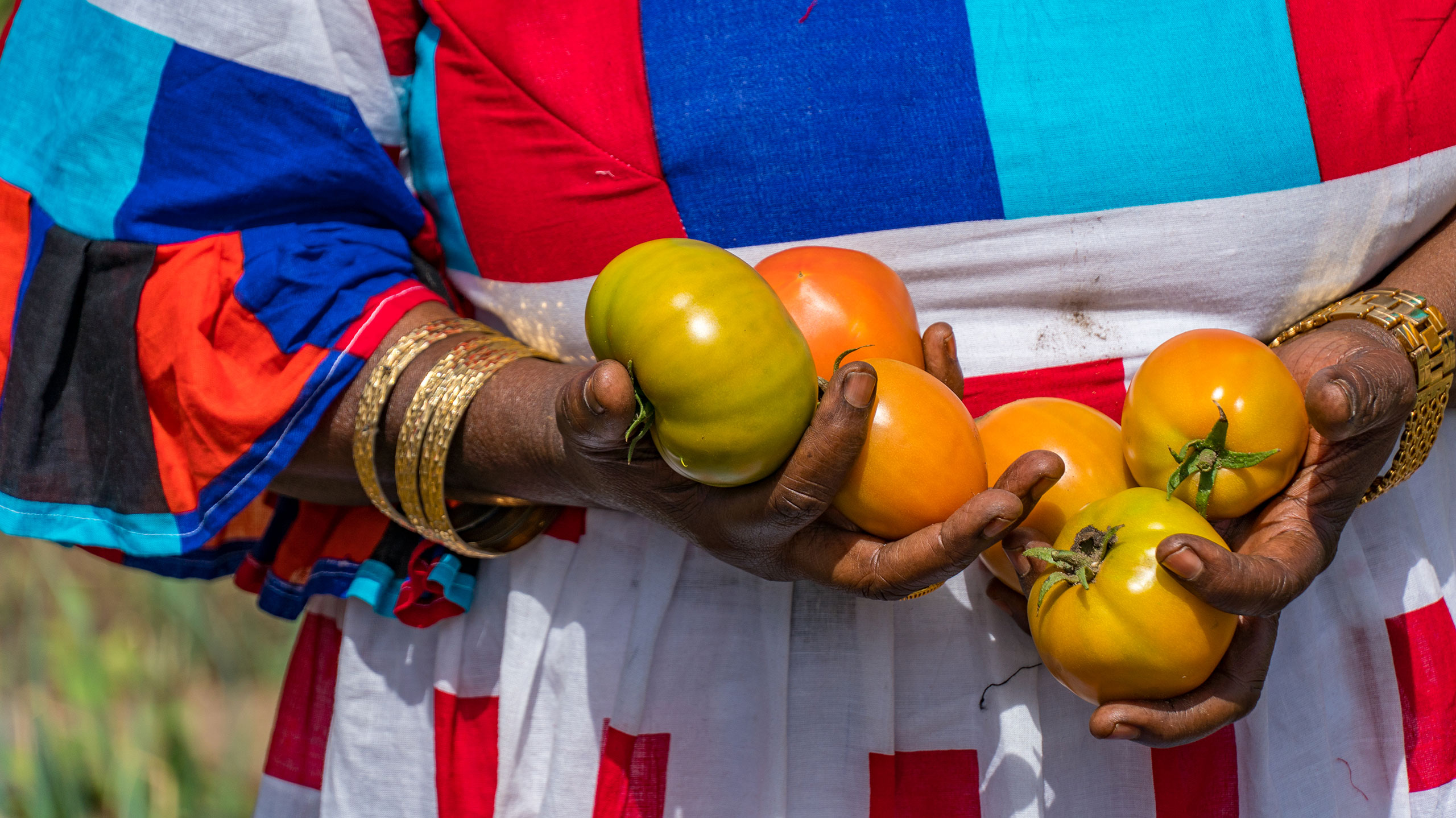Why Farmer-Centered Design Demands Deep Knowledge, Intentionality, and Trust
The big problem is clear. With a global population expected to reach more than 9.7 billion by 2050 and ambitious goals to end poverty, hunger, and food insecurity by 2030, agricultural production will need to nearly double. This increase in productivity must happen in the face of climate change, natural disasters, and disruptive conflicts. Smallholder farmers, the primary food producers in many regions of Africa, Asia, and Latin America where populations will likely increase most, must therefore be at the center of solutions.
“The sad reality about smallholder farmers is that they’re always one drought, one disease away from destruction, from poverty,” said Thomas Njeru, Co-Founder of Pula, at the Skoll World Forum. In fact, smallholder households are a large portion of the world’s poor who live on less than $2 a day.
Many factors keep smallholders in poverty, but one of the most fundamental is that they have not benefited from advances in agricultural technology—mechanized land preparation, improved seeds, irrigation systems, and more—which have made farmers in the U.S. and Europe more productive than ever. Those developing these new technologies and management practices often have large-scale agriculture in mind, designing for the needs of an Iowa farmer with over 175 hectares, not a farmer in Myanmar with a 2-hectare plot.
“A lot of the new technologies we see that are benefiting large farmers—they just don’t scale to small farms,” said Debbie Aung Din Taylor, co-founder of Proximity Designs. “A two-acre farmer is only going to be able to afford a fraction of what a large farmer in the West can afford.”
So how to improve the productivity and livelihoods of smallholder farmers and enable them to feed themselves and their communities? First, their needs must be central to innovative agricultural products and services. To meet this challenge, we’ll need truly farmer-centered design, which requires three ingredients: deep knowledge, intentionality, and trust.
Deep Knowledge
Given the context-specific nature of agriculture, deep knowledge is critical to creating solutions that truly work. Proximity is essential and what works in the U.S. does not necessarily translate. Farming is very complicated, explained Taylor. It involves a lot of variables. Lots of people try to help smallholders, but empathy is not enough to create products and services that will actually solve their problems. For Debbie and Proximity Designs, this means spending hours in farmers’ fields. They listen to farmers’ concerns. They see issues firsthand to help them design effective products and services.
“We tried the technology-only solution because our advisors from Silicon Valley thought that was the best way for us to scale,” said Jehiel Oliver, CEO of HelloTractor. What had worked for so many in Silicon Valley, however, failed because it ignored the context of the Nigerian farmers they hoped to serve. “We had to switch to a model that leveraged communal relationships and [the social equity] that already existed,” said Oliver.
Intentionality
From the very start, one must have an intentional focus on the needs of smallholders. Kola Masha, founder and Managing Director of Babban Gona, highlighted the urgent need to address the growing numbers of unemployed youth in Africa, which fuels conflict and insecurity in the region. Babban Gona provides youth in Nigeria the opportunity to enjoy prosperous employment in agriculture. To make that occupation attractive to youth they tailored their agricultural franchise model for young people who often have less access to land, capital, and other resources. In fact, Babban Gona farmers have an average plot size of only 0.7 hectares, but their holistic bundle of services, agricultural inputs, and credit, is optimized for these young smallholders. Now, Babban Gona farmers earn net incomes that are approximately 3.5 times higher than the average farmer.
HelloTractor’s story also shows the importance of design that reflects the needs of farmers. Oliver and his team started by trying to sell smallholders low-cost tractors to tackle the problems of inefficient manual land preparation and a shortage of labor—factors that delay planting and decrease yields. However, these farmers were wary of having to take out a relatively large loan, a major financial risk.
“They really just needed access to tractor services,” said Oliver. “They never really asked to be tractor owners. In fact, they didn’t want to take on that risk.” Active listening caused HelloTractor to change its entire strategy to focus on developing an enabling technology, connecting existing tractor owners to farmers in need of their services.
Trust
Farmers are risk-averse. Often increasing smallholder productivity requires farmers to experiment: new seeds, an irrigation pump, a new planting technique, or investing in crop insurance. Farming is full of unknowns. Poor farmers can ill afford to risk their already thin margins. Trying something new is a leap of faith.
“The trust that you have is extremely important and farmers value that,” said Alloysius Attah, CEO of Farmerline. Trust helps them see the value of new information and products. Trust facilitates adoption of innovations. Farmerline works closely with local agricultural extension officers to create short audio content in local languages. Simply having information available in their local language was key to trust building with farmers.
As a crop insurance company serving smallholder farmers in Kenya, Rwanda, Uganda, Nigeria, Ethiopia, and Malawi, trust is vital to Pula’s work. “Insurance is all about trust,” said Njeru. “That’s all you sell, nothing else.” Insurance is invisible—a leap of faith. A farmer must trust that the money they pay for an insurance premium will pay out if their crops fail. Pula bundles their insurance products with the seeds that farmers already buy and uses satellite imaging to track farmers’ fields. If the rain comes late and the insured seeds fail to germinate, the farmer receives a new bag of seed to replant, saving that season’s harvest and their livelihood.
Trust building requires flexibility though, noted Njeru. “The farmer doesn’t care about satellites and all those things you’re talking about,” he said “’Who is this satellite?’” he said, quoting a local farmer. “’Tell them to come here and see that my seed did not germinate.’” Sometimes trust-building requires Pula to ignore their actuarial algorithm, and listen to their farmers.
To end hunger and food insecurity investing in smallholder farmers around the world is key to solving it. But there are no simple fixes. Governments, companies, NGOs, and research institutions need to put smallholder farmers at the center of solutions. To do this effectively, deep knowledge, intentionality, and trust are essential.



